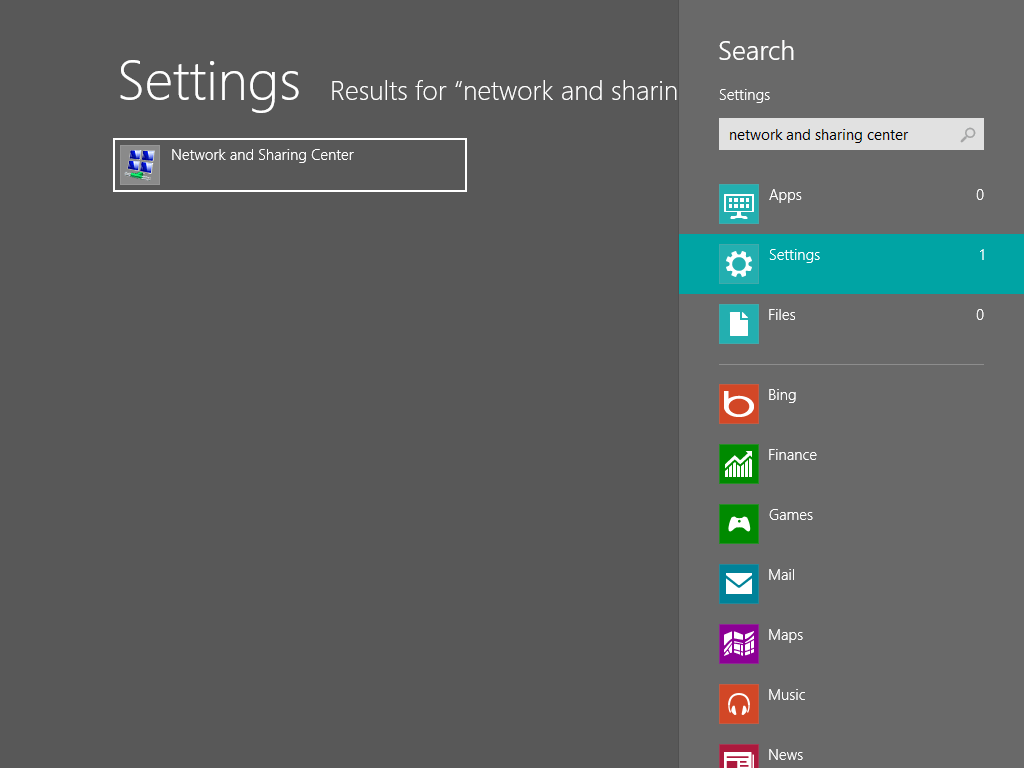

It will also erase any memory of custom features or guest networks you’ve set up through the router, and it will kick off all the devices that were signed onto the network. Resetting the router will erase your password and issue a default one (which you will then want to change for security reasons). This is a pretty big step to take because it will restore the router to the way it was when you first pulled it out of the box, wiping the slate clean. If you’ve tried everything else to no avail, it may be time to reset your router to its factory settings. (Or type “Device Manager” into the search bar in the Start menu to get it to come up-either way works.) Once you’re in Device Manager, click on the menu titled Network adapters and look for the listing of your wireless adapter and the wireless standard it’s set to. Right-click on the Start menu button and then click the command for Device Manager. This will tell you what wireless standard your computer is outfitted for. Scroll down to Network, click Wi-Fi in the drop-down menu, and look for the readout for Supported PHY Modes. Hold down on Option while clicking on the Apple menu in the top left of the screen, then select System Information. Here’s how to check the wireless standard of your computer: Mac Or your computer may need a more up-to-date wireless adapter, a device that lets you connect to a Wi-Fi network. In that case, you may want to invest in a new router. You may have issues if you have an older router, computer, or other Wi-Fi device that doesn’t adhere to more recent wireless standards. Here they are in order from oldest to newest:

The Institute of Electrical and Electronics Engineers (IEEE) developed a series of standards that allow a Wi-Fi device like a laptop to connect to the internet. You may be experiencing connection issues if you have outdated equipment that doesn’t match the latest wireless standards: 802.11ac (Wi-Fi 5) or 802.11ax (Wi-Fi 6).


 0 kommentar(er)
0 kommentar(er)
